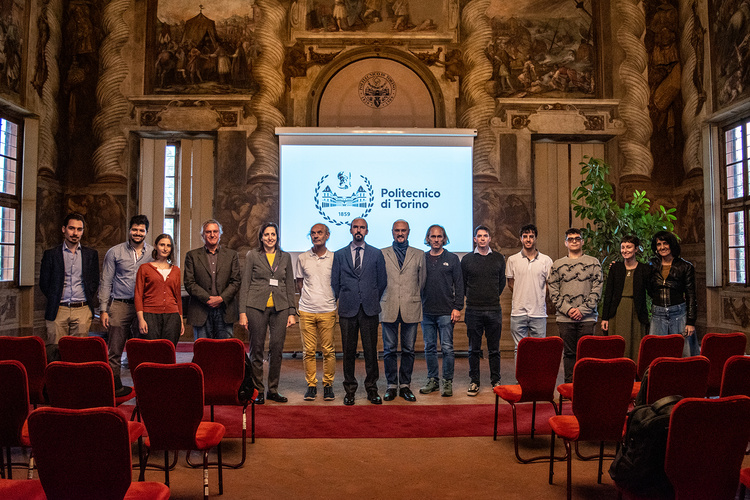The articles of the current edition are available on the new site.

Functional brain imaging is fundamental in the diagnosis and treatment of many brain pathologies such as neurodegenerative diseases and epilepsy. Among the non-invasive neuroimaging strategies, Electroencephalography (EEG) from scalp potentials is the most used. Unfortunately, this technique is not very precise because the skull is highly resistive and reduces the spacial resolution of the imaging.
The current standard techniques to get better images consist of implanting EEG electrodes under the skull (ECoG) or in the brain cortex (StereoEEG). Both these techniques are particularly invasive, since they require skull trepanation and cannot be practiced on large areas, thus not allowing a global imaging of brain activity.
The CEREBRO project (CEREBRO - an electric Contrast medium for computationally intensive Electroencephalographies for high REsolution BRain imaging withOut skull trepanation – grant agreement n°101046748) aims at developing a new brain imaging method, with a ECoG and StereoEEG-like resolution, but introducing a comprehensive brain imaging with non-invasive techniques. It has been developed by Politecnico di Torino’s Department of Electronics and Telecommunications (DET) research team: Professor Francesco Paolo Andriulli (project coordinator), Giuseppe Vecchi and Danilo Demarchi. Classic non-invasive EEG will be improved thanks to a new instrument: the first ever existing contrast medium that will be developed by using innovative microfluidics, nanoelectronics and high-performance computing techniques.

The research project is run together with several international partners: Institut Mines-Télécom (France), Université de Bretagne Occidentale (France), G.Tec Medical Engineering Gmbh (Austria), École Polytechnique Fédérale de Lausanne (Switzerland). It will last 4 years, targeting a 4-to-6 TRL level, meaning a precise level of technological maturation allowing the development of a first functioning prototype.
The knowledge developed by CEREBRO has the potential to improve substantially medical diagnostic technology for brain imaging, thus contributing to a substantial growth of the diagnostic imaging sector.
The neuroimaging business has a quite relevant size: 3 billion euros in revenues worldwide yearly, out of the 22.5 billion of global yearly biomedical imaging revenues, which means that the economic potential of the applied research linked to CEREBRO is very high.
The project, indeed, has been financed by the ‘Pathfinder’ call for proposals in the framework of the European Innovation Council, supporting visionary ideas that can open up promising avenues towards powerful new technologies.
“We express our gratitude to the European Innovation Council for believing in this project coordinated by PoliTO – states Professor Andriulli, the project Coordinator – Politecnico’s prestige and scientific dynamism played a key role in developing an international partnership with all the needed expertise that will ensure the project effectiveness and success”.